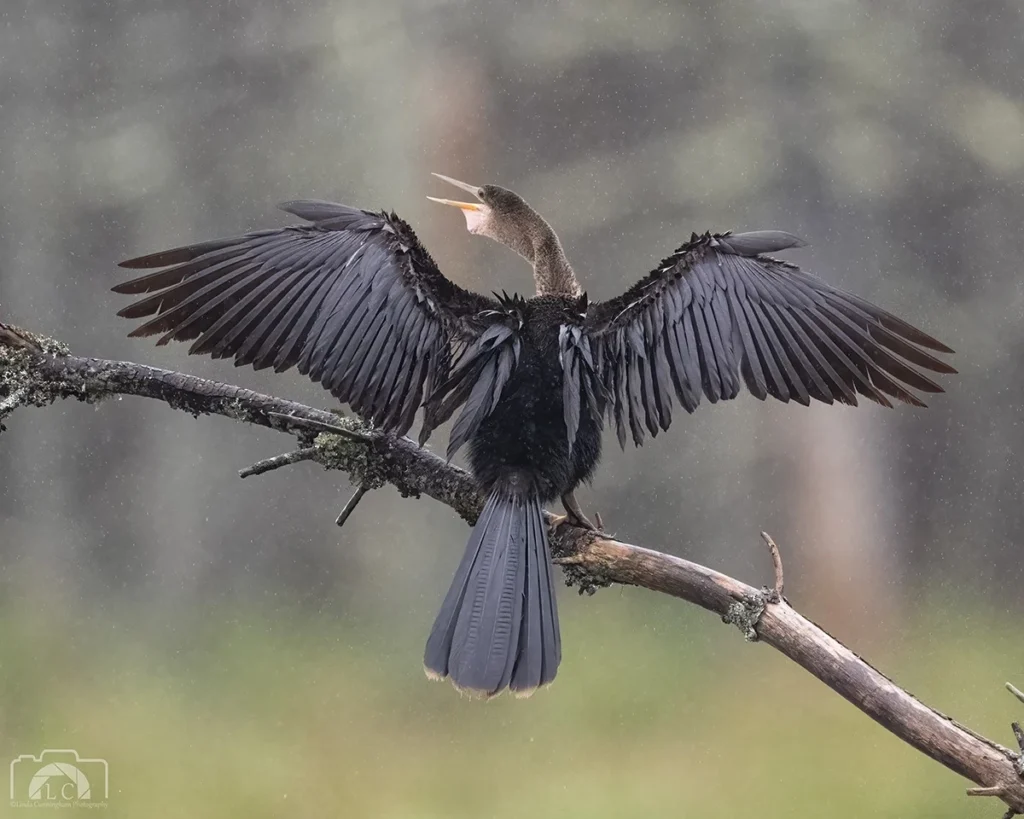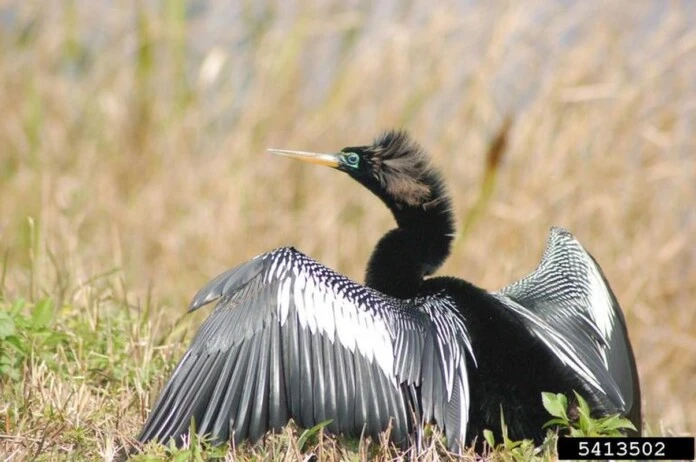**”In the winter of 2022, Maine was graced with a rare visitor: a Stellar’s sea eagle with an impressive 8-foot wingspan, possibly off-course from its Russian migratory path. Now, the spotlight is on a different avian marvel—a long-necked ‘devil bird’—which has sent Maine’s birdwatching community into a frenzy with its first-ever appearance in the state’s history.

This unusual bird, an anhinga related to the double-crested cormorant, is native to South and Central America. Its typical breeding range includes Florida, the Gulf Coast, and even the Carolinas. But on July 23, an anhinga was spotted in Somerville, roughly 70 miles north of Portland, after a local woman shared a photo of the bird in a community Facebook group.
Tabatha Holt, the observant birdwatcher, identified the creature as an anhinga rather than a cormorant, noting its unusual presence far from its usual territory.
The sighting quickly attracted the attention of at least 80 bird enthusiasts, including Doug Hitchcox, staff naturalist for the Maine Audubon Society. Hitchcox observed that this sighting aligns with a broader trend: “Climate change is driving many birds to expand their ranges northward, and this is a clear example,” he told the Portland Press Herald. “But with only one sighting, it’s hard to draw broad conclusions. Many waterbirds exhibit unpredictable range changes.”
Describing this period as the “rarity season,” Hitchcox highlighted the possibility of unusual sightings during this time of year. According to Sarah Kuta of Smithsonian, the name ‘anhinga’ derives from the Tupi people of Brazil, where the bird is known as the ‘devil bird’ or ‘evil spirit of the woods.’ Its distinctive, serpentine neck has also earned it the nicknames ‘water turkey’ and ‘snake bird,’ reflecting its eerie and striking appearance as it moves through the water.”**
